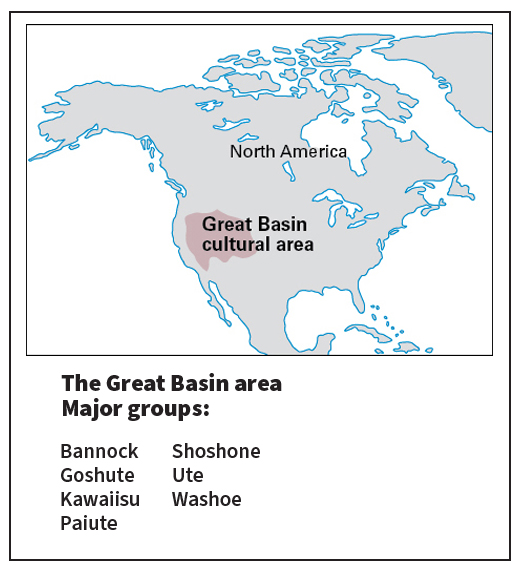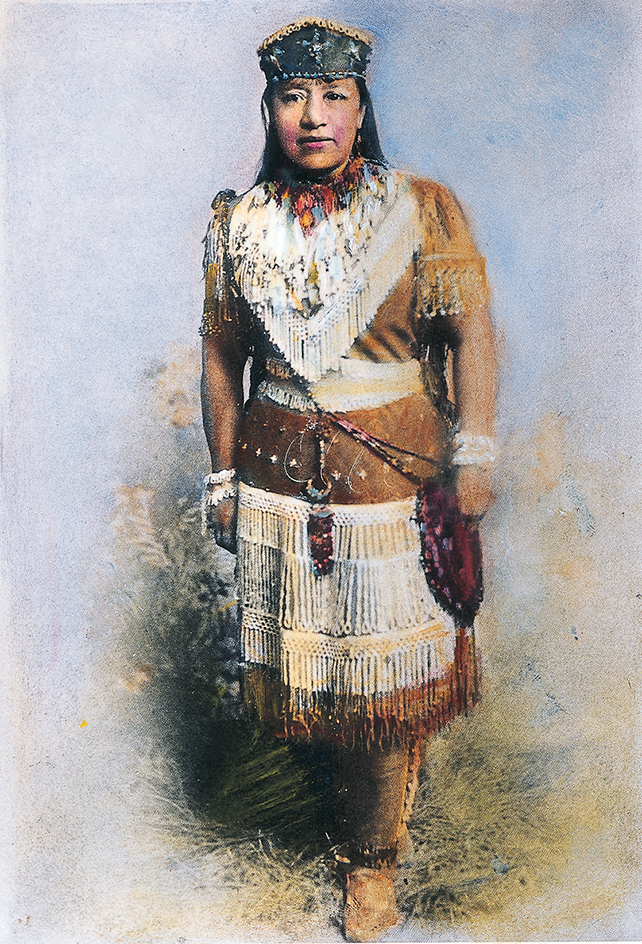Paiute << py YOOT >> is the name of two Native American tribal groups of the Western United States—the Northern Paiute and the Southern Paiute. About 9,500 Paiute live on reservations, in federal colonies, and in many communities of Arizona, California, Nevada, Oregon, and Utah. The people work in agriculture, crafts, tourism, and various urban industries.

The Northern Paiute once lived in the area extending from Owens Lake in California, through Nevada, to just south of the Columbia River in Oregon. The Southern Paiute ranged from the Mojave Desert of California to the Colorado River in Arizona, and then north to central Utah. Small groups of Paiute moved about, hunting antelope, deer, mountain sheep, rabbits, and other game. These groups of Paiute also collected berries, nuts, roots, and seeds. The Northern Paiute who lived around the lakes and marshes of western Nevada earned their livelihood by fishing. Some Southern Paiute planted beans, corn, and squash.
The Paiute lived in cone-shaped houses made of brush. They wove baskets from grass, reeds, and willows. Their religion centered on spirits of nature.

During the 1800’s, the Northern Paiute fought the white settlers who had come to the area. The Northern Paiute won an important victory at Pyramid Lake in Nevada in 1860. The Southern Paiute remained peaceful, though they were raided occasionally by the Ute and Navajo, who sold them into slavery on the Mexican frontier. During the 1860’s and the 1870’s, the U.S. government established reservations for both groups of Paiute.
See also Winnemucca, Sarah.
